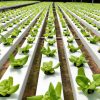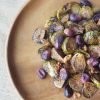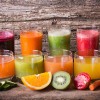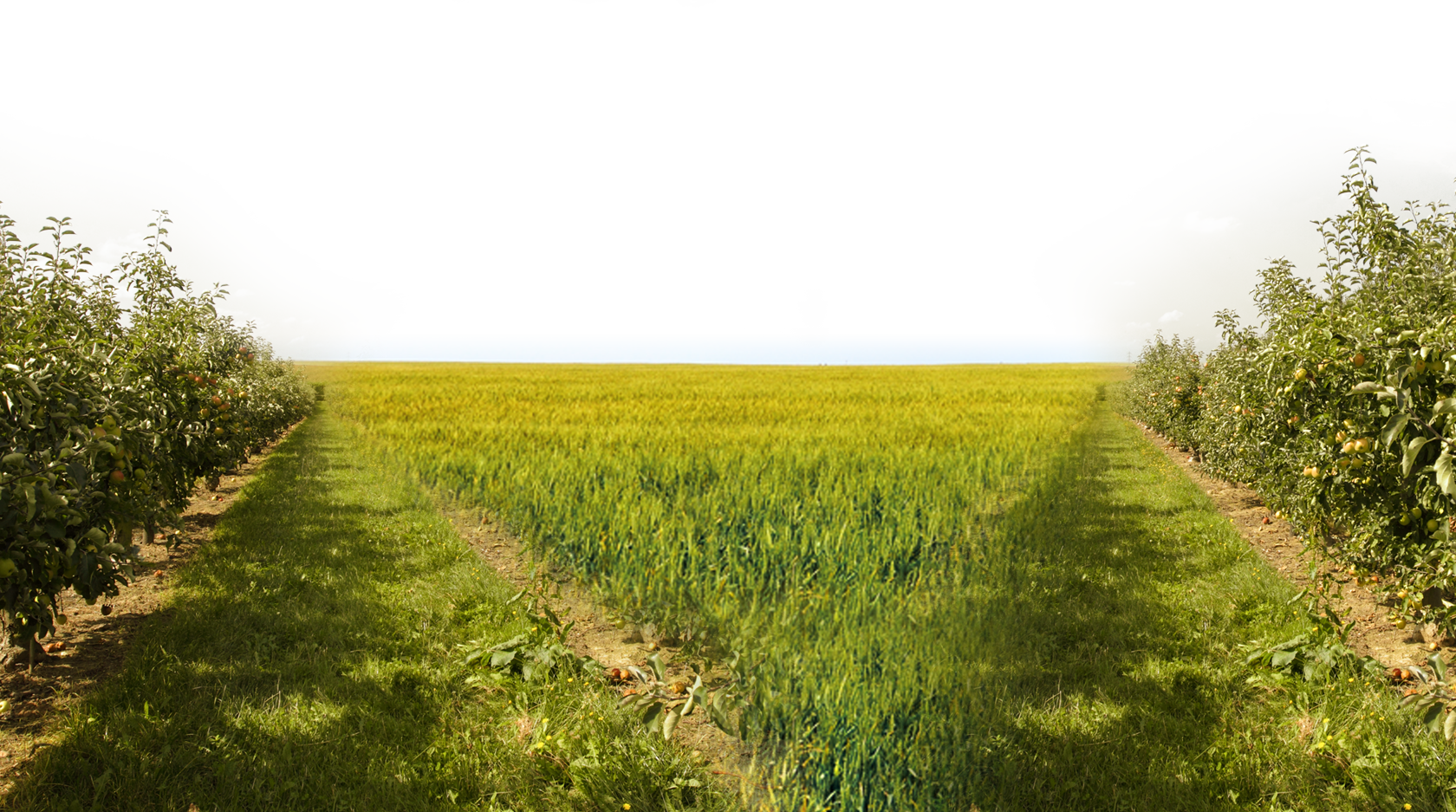
Eating Versus Drinking Calories: What’s the Difference?
By Elizabeth Chatellier, MA, RDN | 0 Comments | Posted 10/20/2016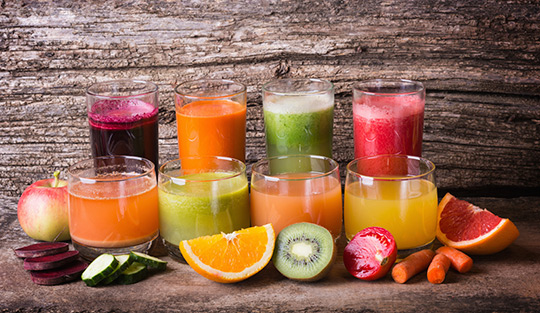
According to researchers, your brain registers liquid calories differently than it does from eating solid foods. For example, say you were to drink a tall glass of orange juice. OJ is naturally high in sugar, and sugar contains calories. An 8oz glass of OJ usually has about 115 calories. When you ingest the juice, studies show our brains don’t registered the calories the same way as it does if you were to eat an actual orange. This may be because the acting of biting or chewing may trigger satiety signals in the brain, a natural reaction to the fact that food contain calories, relating back to stone age times when water was the only liquid available to drink.
And, most likely you will not feel as full from that glass of juice as you would from getting those calories from eating the orange in its whole form. We remain more satiated from fruit than from juice. This is because the actual piece of fruit contains fiber, and the juice has very little fiber. Fiber helps us feel full and aids in proper digestion. The juice is mostly sugar which gets rapidly absorbed after we drink it. One good solution for this would be to liquefy the fruit in its whole form using a high power blender, so that all the fiber of the fruit is consumed too. However, it’s important to keep in mind that the juice contains calories no matter what.
Also, “studies show that people consuming sugary beverages,” such as juice without fiber, soda, energy drinks, and alcoholic beverages, “don’t compensate for their high caloric content by eating less food.”1 This can lead to unnecessary weight gain, or even worse, increase your risk for obesity. Now, that’s something to chew on!
To learn more: Healthy Drinks Sugary Drinks


 Contact us
Contact us






